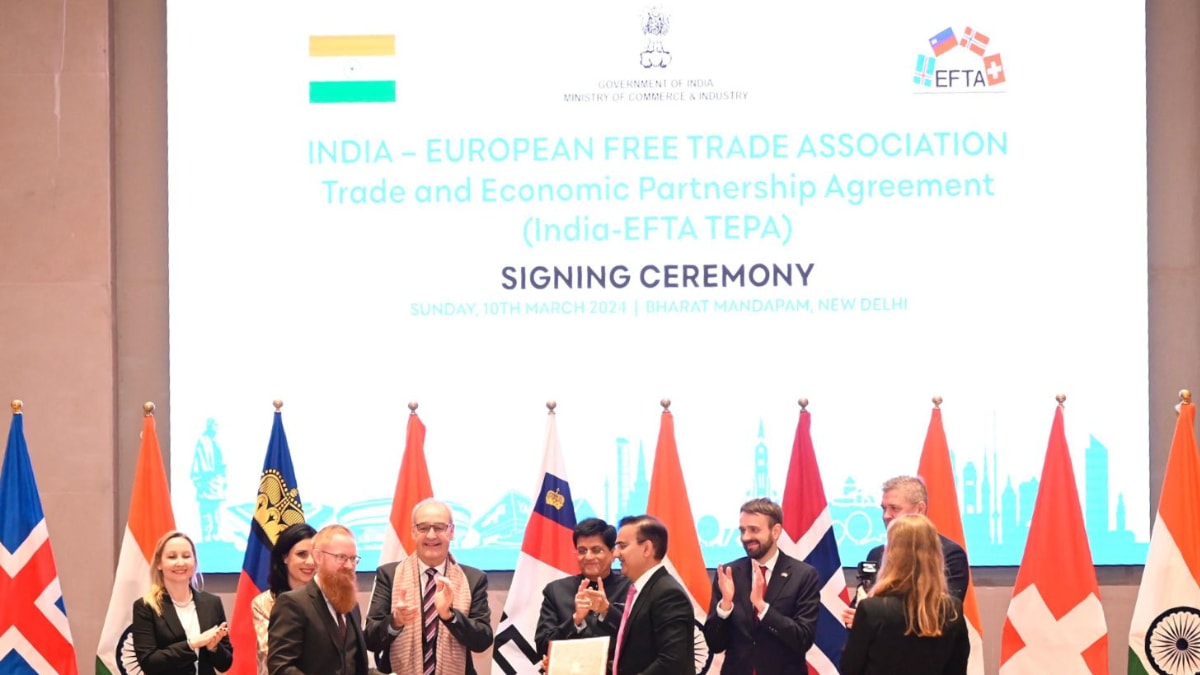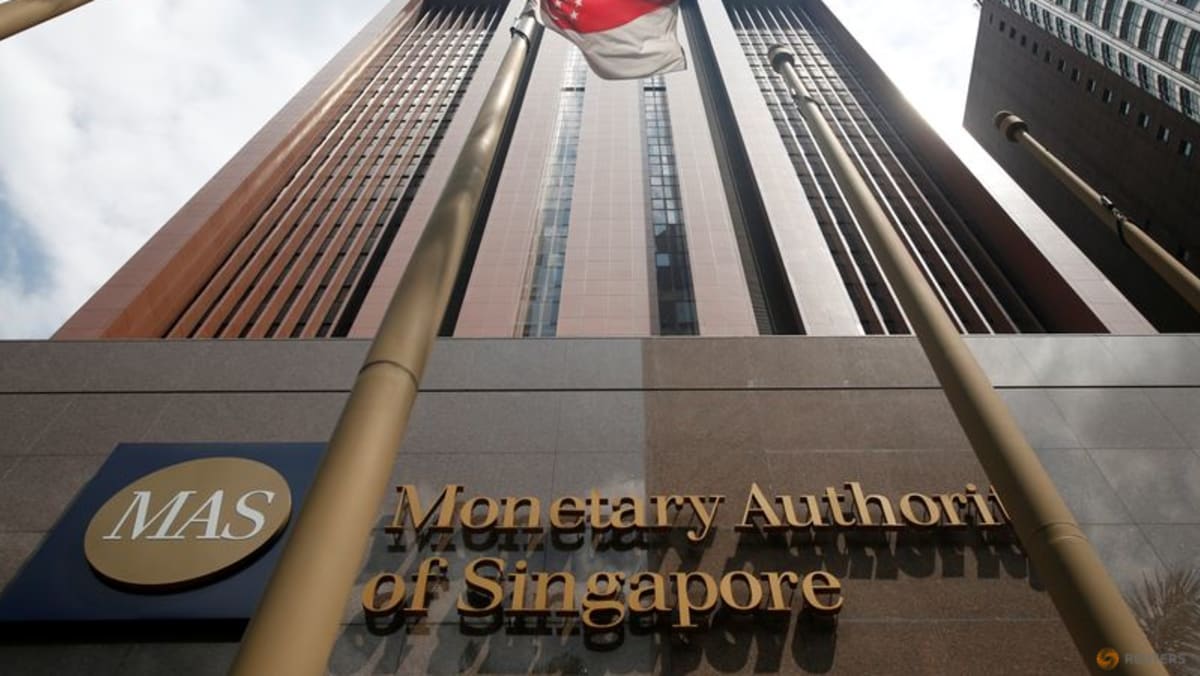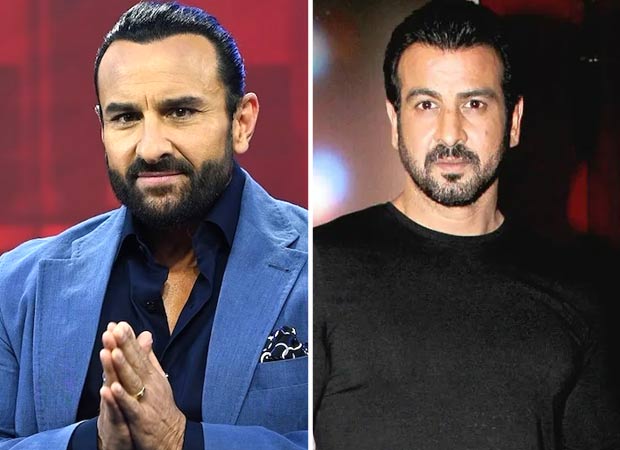India and the four-European nation bloc EFTA signed a trade and economic partnership agreement (TEPA) on Sunday to enhance trade and investments between the two regions, heralding a new era of economic cooperation. As a result of the trade pact, Indian customers will get access to high-quality Swiss products such as watches, chocolates, biscuits, and clocks at lower prices. In return, India will phase out customs duties under its trade pact with the EFTA bloc on these goods.
The pact with the European Free Trade Association (EFTA) — consisting of Iceland, Liechtenstein, Norway, and Switzerland — will take up to a year to implement due to the elaborate ratification process of these agreements in different countries. Addressing the media on the signing of the India-EFTA Trade and Economic Partnership Agreement (TEPA), Union Minister of Commerce and Industry Piyush Goyal emphasised that the “fair, equitable and mutually beneficial” agreement will unlock massive trade and investment opportunities for both sides.
Trade, Investment
The news pact is expected to help India boost its exports of pharmaceuticals, garments, chemicals and machinery while attracting investments in automobiles, food processing, railways and the financial sector. India is the EFTA’s fifth-largest trading partner after the EU, the US, Britain and China, with total two-way trade touching USD25 billion in 2023. Its exports to the EFTA touched USD2.8 billion and imports were about USD22 billion during that period. With a population of 13 million and combined GDP of more than USD1 trillion, the EFTA nations are the world’s ninth-largest merchandise trader and its fifth-largest in commercial services.
Under TEPA, India has received a foreign direct investment commitment of USD 100 billion for 15 years from the four-European nation bloc. Notably, an investment commitment of USD 50 billion has been made for the first ten years after the implementation of the agreement and another USD 50 billion over the next five years from the member countries of the bloc and to facilitate the generation of 1 million direct employment in India through such investments.
Benefits
Norway’s Minister for Trade and Industry, Jan Christian Vestre, told the news agency ANI, “…It’s a day for the history books. It represents opportunities in all kinds of business sectors by providing significant investments and new jobs in India, while also bridging the gap between us.” Helene Budliger Artieda, the Swiss State Secretary for Economic Affairs, also explained how the deal could benefit India.
“I have been told that chocolates do make (people) happy. Switzerland is a hub for some of these energy drinks. Then I also tried to signal at the press conference, that Swiss watches will also be cheaper. It’s not only consumer goods. I think, more important is what Switzerland now can provide to India at a much better cost when it comes to machinery, precision tools, and so on. Switzerland doesn’t compete on price, we compete on quality, on innovation,” Artieda said.
#WATCH | Swiss State Secretary for Economic Affairs, Helene Budliger Artieda says, “…I have been told that chocolates do make happy…Switzerland is a hub for some of these energy drinks. Then I also tried to signal at the press conference, that Swiss watches will also be… pic.twitter.com/GzXrcvxMMS— ANI (@ANI) March 10, 2024
Concession
India has allowed tariff concession to several products imported from Switzerland under the agreement, according to an analysis of the TEPA documents by economic think tank Global Trade Research Initiative (GTRI). “India will soon have access to high-quality Swiss products at lower prices because it has decided to remove tariffs on many Swiss goods over seven to ten years,” GTRI Founder Ajay Srivastava was quoted as saying by PTI.
Key categories of these goods include seafood like tuna and salmon; fruits such as olives and avocados; coffee capsules; different oils like cod liver and olive oil, a variety of sweets and processed foods including chocolate and biscuits. Other products that are covered are smartphones, bicycle parts, medical equipment, clocks, watches, medicines, dyes, textiles, apparel, iron and steel products, and machinery equipment. Srivastava said tariffs on cut and polished diamonds will be reduced from 5 percent to 2.5 percent in five years after the implementation of the agreement.
India has offered no effective tariff concessions on gold. On paper, it has offered a one percent concession on the bound rate of 40 percent, but the effective duty remains at 15 percent, resulting in no real benefit. For wines, it said duty concessions are similar to those given to Australia, with no concessions for wines costing less than USD 5. “Wines priced between USD 5 and less than USD 15 will see a duty reduction from 150 percent to 100 percent in the first year, then decreasing gradually to 50 percent over 10 years,” Srivastava was quoted as saying by PTI. For wines costing USD 15 or more, he said, the initial duty cut is from 150 percent to 75 percent, eventually reducing to 25 percent after 10 years. India-EFTA two-way trade was USD 18.65 billion in 2022-23 as compared to USD 27.23 billion in 2021-22.
Major exports
Switzerland is the largest trading partner of India followed by Norway. Switzerland is considered one of the world’s most innovative economies. It had been consistently ranked number one in the Global Innovation Index. The bilateral trade between India and Switzerland stood at USD 17.14 billion (USD 1.34 billion exports and USD 15.79 billion imports) in the last fiscal. In 2022-23, India’s trade deficit with Switzerland was USD 14.45 billion.
Major exports from India include chemicals, gems and jewellery, shops and boats, machinery, certain types of textiles and apparel. Switzerland is the largest source of gold imports for India, with about 41 percent share during April-October this fiscal, followed by the UAE and South Africa. The precious metal accounts for over 5 percent of the country’s total imports. Switzerland has some of the major pharma firms in the world including Novartis and Roche. Both firms have a presence in India. The two-way trade between India and Norway was USD 1.5 billion in 2022-23.
Under free trade pacts, two trading partners significantly reduce or eliminate customs duties on the maximum number of goods traded between them, besides easing norms to promote trade in services and investments. India has received about USD 10 billion of foreign direct investments (FDI) from Switzerland between April 2000 and December 2023. It is the 12th largest investor in India. The FDI inflow was USD 721.52 million from Norway, USD 29.26 million from Iceland and USD 105.22 million from Liechtenstein during the period.
(With agency inputs)







